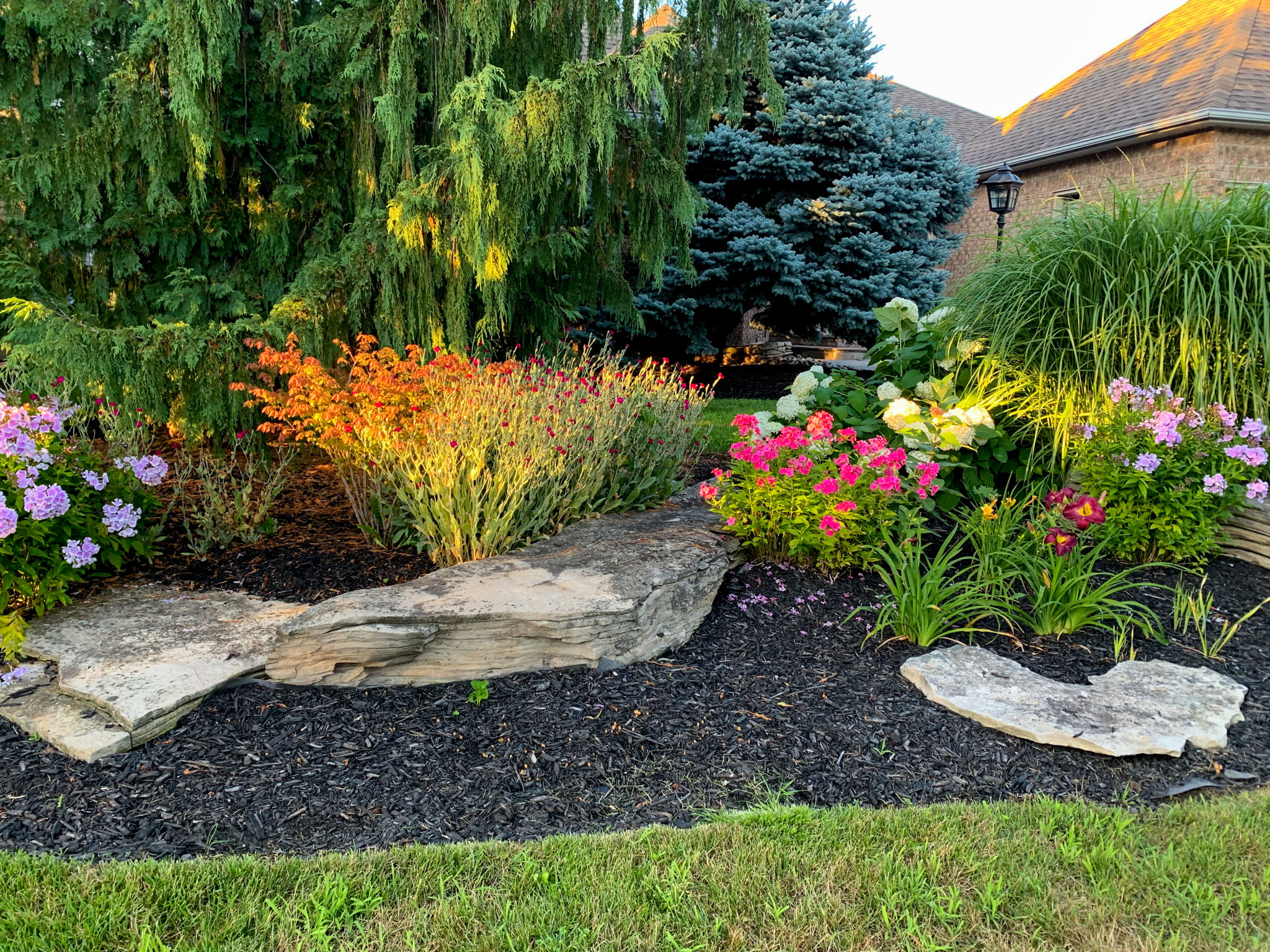How to Prepare Your Commercial Landscape for Fall in Texas
Understanding the Importance of Fall Preparation
As the vibrant colors of summer begin to fade, fall presents a unique set of challenges and opportunities for commercial landscapes in Texas. Preparing your landscape for this transition is crucial not only for maintaining aesthetic appeal but also for ensuring healthy growth in the coming seasons. A well-prepared landscape can withstand the cooler temperatures and thrive when spring arrives.
Fall preparation in Texas involves more than just raking leaves. It’s about strategic planning and execution to protect your green investment. By focusing on a few key areas, you can keep your commercial property looking its best.

Soil and Lawn Care
Fertilization Is Key
Fertilizing your lawn during fall helps promote root growth and provides essential nutrients that will support the grass through winter. Using a slow-release fertilizer is often recommended, as it ensures a steady supply of nutrients. This step is crucial in Texas, where soil composition can vary widely across regions.
Aeration for Healthier Soil
Aeration is another important task that should be on your checklist. By perforating the soil with small holes, you allow air, water, and nutrients to penetrate down to the roots of the grass. This process helps alleviate soil compaction, which is common in commercial landscapes due to high foot traffic.

Tree and Shrub Maintenance
Pruning and Trimming
Properly pruning trees and shrubs in the fall can prevent diseases and pests from finding a home in dead or overgrown branches. It's also an excellent time to shape your plants for the next growing season. Make sure to focus on removing any dead limbs or those that could cause structural issues during winter storms.
Mulching for Protection
Applying a fresh layer of mulch around trees and shrubs can help insulate the roots against colder temperatures. Mulch also retains moisture, which is vital during dry spells that can occur in Texas's fall months. Choose organic mulch for added soil benefits as it breaks down over time.

Flower Bed Transition
As you prepare for fall, transitioning your flower beds is essential. Remove any annuals that are past their prime and consider replacing them with fall-friendly options such as pansies or ornamental kale. These plants not only survive cooler temperatures but also add bursts of color to your landscape.
Furthermore, consider planting bulbs that will bloom in spring. Tulips, daffodils, and hyacinths can be planted in the fall and will reward you with vibrant colors when warmer weather returns.

Irrigation System Adjustments
Adjusting your irrigation system for the fall season is another critical step. With cooler temperatures, landscapes typically require less water. However, you must ensure that your system is still providing adequate moisture to prevent dehydration, especially during dry periods.
Consider reducing the frequency of watering but maintaining sufficient duration to ensure deep root hydration. Inspect the system for any leaks or malfunctions that could lead to water waste or insufficient coverage.
Pest and Disease Management
Fall is an ideal time to assess your landscape for signs of pests and diseases. As temperatures drop, some pests may seek shelter in your landscape. Implementing preventive measures now can save you time and resources in the long run.
Utilize environmentally friendly pest control methods where possible to avoid harming beneficial insects that can help maintain a balanced ecosystem within your commercial landscape.

Conclusion
Preparing your commercial landscape for fall in Texas involves a combination of proactive maintenance tasks that will protect and enhance your property’s appearance and health. By focusing on soil care, plant maintenance, irrigation adjustments, and pest management, you set the stage for a vibrant and resilient landscape all year round.
Remember that each commercial property is unique, so tailor these tips to fit your specific needs and conditions. With careful planning and execution, your landscape will not only survive but thrive through the changing seasons.
